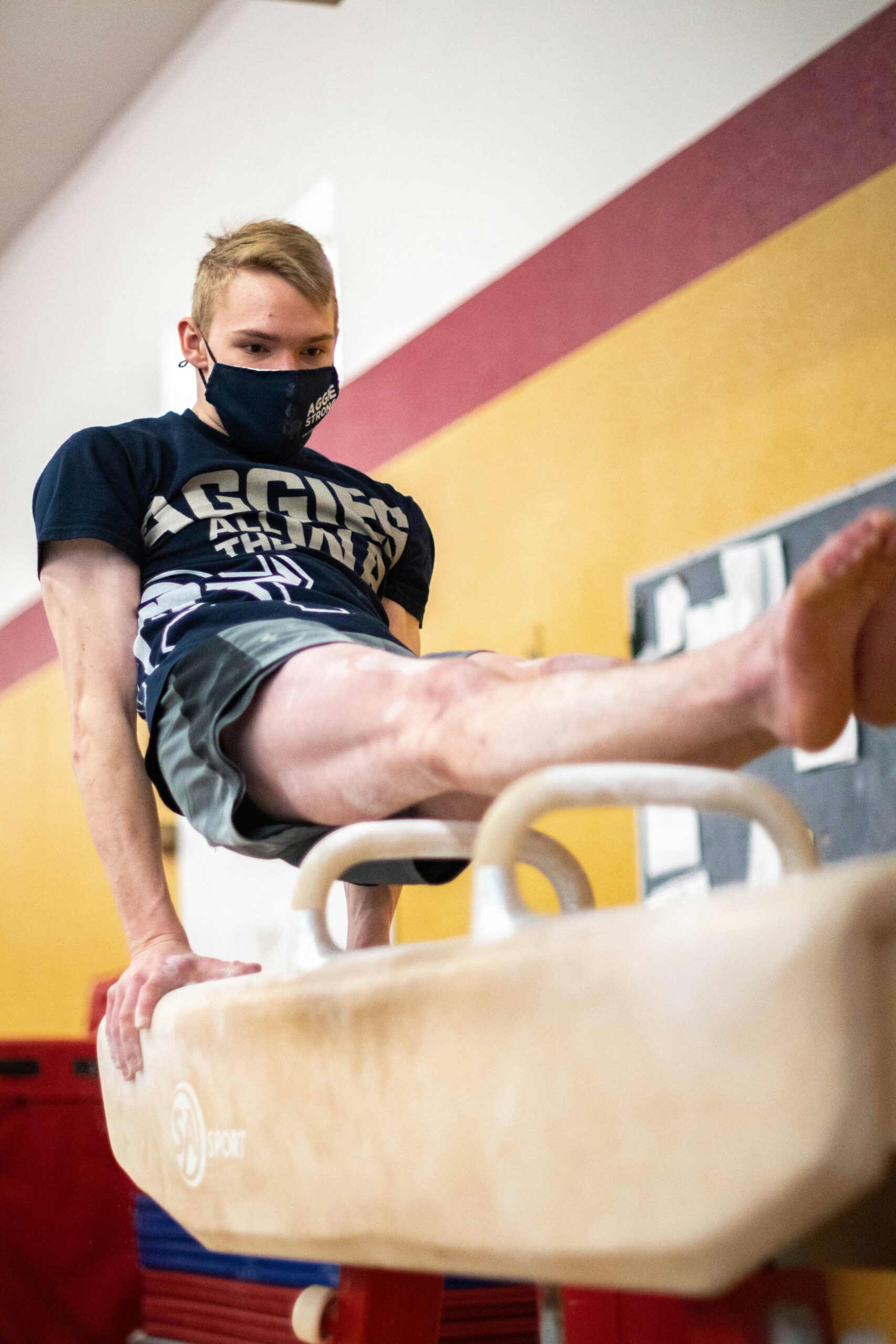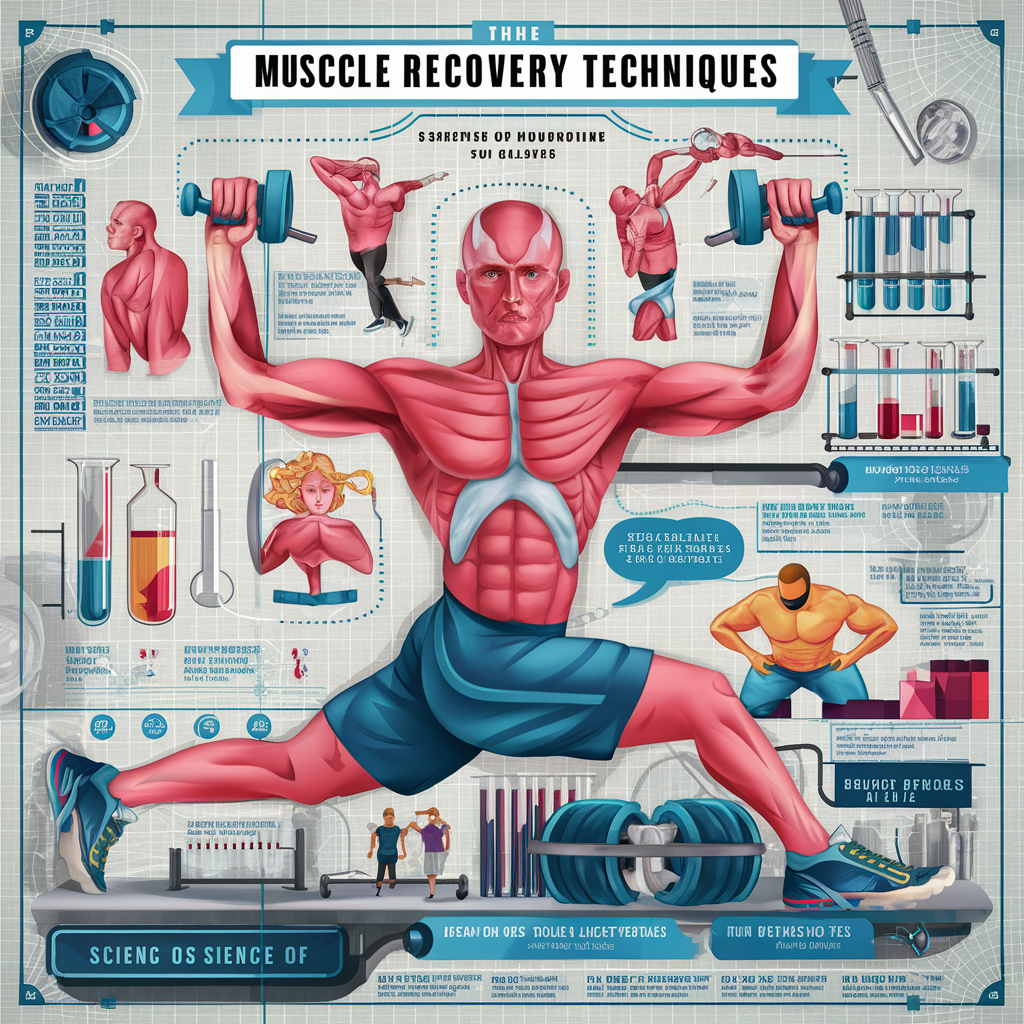Elevate Your Game with These Essential Fitness Strategies
Whether you’re a weekend warrior, an aspiring Olympian, or just someone trying to keep up with the grandkids, fitness is the name of the game. You know, I often think about how, at times, we get so caught up in the complexities of training regimens that we forget the basics. It’s like trying to bake a soufflé when all you really need is a good loaf of bread. So, let’s take a step back and explore some essential fitness strategies that can elevate your game, irrespective of your current level.
Understanding the Foundation: Why Fitness Matters
Before diving into specific strategies, it’s important to grasp why fitness is crucial. It’s not merely about aesthetics or hitting the numbers in your latest 5K. Regular physical activity plays a pivotal role in enhancing your overall well-being. Studies suggest that individuals who maintain a consistent fitness routine experience lower stress levels, improved mood, and enhanced cognitive function. Now, who wouldn’t want a sharper mind and a happier disposition?
But here’s the kicker: it’s not just about how you look or feel immediately after a workout. The long-term benefits are where the magic happens. Think about it—maintaining a healthy weight, reducing the risk of chronic diseases, and improving your quality of life are all vital components of a well-rounded fitness strategy. With that in mind, let’s jump into the specifics that can help you elevate your game.
Setting SMART Goals: The Roadmap to Success
If you’ve ever set a goal to “get fit” or “lose weight,” you’ve probably realized how vague that sounds. It’s like trying to navigate without a map; you might end up somewhere, but it’s likely not where you intended. Enter the SMART criteria: Specific, Measurable, Achievable, Relevant, and Time-bound. This framework is not just corporate jargon; it’s a practical guide to directing your fitness journey.
- Specific: Instead of saying “I want to get stronger,” try “I want to lift 20 pounds more on my bench press.”
- Measurable: Track your progress. You could keep a journal or use an app to log workouts and milestones.
- Achievable: Setting a goal to run a marathon next month might be a stretch if you’ve only jogged a few times. Aim for something reasonable.
- Relevant: Ensure your goals align with your interests. If you love cycling but hate running, then don’t force yourself into a running regimen.
- Time-bound: Give yourself a deadline. “I will complete my first 5K in three months” provides a clear timeline.
Remember, though, goals are personal. Just because your buddy wants to squat a small car doesn’t mean you have to. Tailor your objectives to fit your lifestyle, and don’t hesitate to adjust them as you progress.
Building a Balanced Routine: The Power of Variety
Ah, the age-old question: Cardio or strength training? The truth is, you don’t have to choose. A well-rounded fitness routine includes both aerobic and anaerobic exercises, along with flexibility and balance training. Doing this not only prevents boredom but also reduces the risk of injury. (Trust me, nobody enjoys a pulled hamstring.)
Cardiovascular Training
Cardio is essential for heart health and burning calories. Activities like running, cycling, swimming, and even brisk walking are excellent choices. I remember when I first took up cycling; I felt like a kid again, zooming down the road—until I realized I hadn’t ridden in years and ended up with a sore backside. The key is to find something you enjoy so that you’ll stick with it. Try different activities until something clicks.
Strength Training
Strength training, on the other hand, builds muscle and boosts metabolism. You don’t have to become a bodybuilder overnight. Simple exercises like push-ups, squats, and deadlifts can work wonders. I still chuckle when I think about my first attempt at deadlifts; I looked more like a confused flamingo than a fitness enthusiast. But hey, practice makes perfect!
Flexibility and Balance
Flexibility training, often overlooked, is crucial for maintaining a full range of motion and preventing injuries. Incorporating yoga or dedicated stretching sessions into your routine can do wonders. As for balance, simple exercises like standing on one leg can be surprisingly challenging. I once tried this during a conference call and nearly toppled over. (Note to self: don’t multitask during balance training.)
The Nutrition Connection: Fueling Your Performance
Let’s face it—no amount of training can compensate for poor nutrition. Your body is like a high-performance vehicle; it needs the right fuel to run optimally. (And no, I don’t mean a double cheeseburger, although they have their time and place.)
Incorporating a balanced diet rich in whole foods—fruits, vegetables, lean proteins, whole grains, and healthy fats—will not only support your fitness journey but also enhance recovery. It’s all about finding the right balance. I once attempted a juice cleanse thinking it would magically transform me into a fitness guru. Spoiler alert: it did not end well. Moderation is key.
Hydration: The Unsung Hero
Equally important is hydration. Water is essential for virtually every bodily function, and staying hydrated can significantly impact your performance. Some experts recommend drinking half your body weight in ounces daily. So, if you weigh 160 pounds, aim for about 80 ounces of water. (And yes, that means more trips to the restroom.)
Rest and Recovery: The Quiet Heroes
In our pursuit of fitness, we often overlook the significance of rest. It might sound counterintuitive—after all, how can you elevate your game while lounging around? The truth is, recovery is just as vital as the workouts themselves. Muscles need time to repair and grow stronger, and that happens during rest.
Incorporate rest days into your routine. I once thought I was invincible and worked out every day for weeks. Spoiler: I ended up burnt out and injured. Now, I make it a point to listen to my body and take breaks when needed. Your body will thank you.
Sleep: The Ultimate Recovery Tool
And let’s not forget about sleep. Quality rest can enhance your performance, boost your mood, and improve your decision-making skills. Aim for 7-9 hours per night. I can’t tell you how many times I’ve tried to convince myself that four hours of sleep is sufficient. (Spoiler: it’s not.)
Staying Motivated: Finding Your Why
Motivation can be a slippery slope, especially when the initial excitement of a new routine begins to fade. Finding your “why” can be a game-changer. Are you training to run a marathon, improve your overall health, or simply to feel more energetic? Whatever it is, keep that goal in mind. Write it down, post it on your fridge, or tell a friend. Accountability can work wonders.
Another tactic? Change up your routine. Trying a new class or swapping your gym for the great outdoors can reignite your enthusiasm. I remember when I took a dance class on a whim. I may have looked ridiculous, but I had the time of my life. Plus, who doesn’t want to bust a move every now and then?
Technology Meets Fitness: Leveraging Tools and Apps
In this digital age, there’s no shortage of fitness apps and gadgets designed to help you stay on track. From wearable devices that monitor your heart rate to apps that log your meals and workouts, technology has made it easier than ever to maintain accountability.
But here’s a word of caution: don’t get too caught up in the numbers. While data can provide helpful insights, it shouldn’t dictate your worth or progress. I remember obsessing over my step count until I realized I was missing the joy of simply being active. Use technology as a tool, not a crutch.
Community: The Power of Togetherness
Finally, let’s not underestimate the impact of community. Surrounding yourself with like-minded individuals can provide a significant boost to your motivation. Whether it’s joining a local running club, participating in group classes, or simply finding a workout buddy, having a support system can make all the difference.
Speaking from experience, I’ve found camaraderie in group workouts that have helped push me through those last few grueling reps. There’s something exhilarating about sharing the highs and lows of your fitness journey with others. Plus, it’s a great way to make friends—who knows, you might even discover a hidden passion for pickleball!
Conclusion: Embarking on Your Fitness Journey
As we wrap up this exploration of essential fitness strategies, I hope you feel inspired to elevate your game. Remember, there’s no one-size-fits-all approach to fitness. It’s about finding what works for you, setting realistic goals, and enjoying the journey along the way. Whether you’re lifting weights, going for a run, or simply taking a leisurely stroll, the key is to keep moving.
So, lace up those sneakers, grab that water bottle, and embark on this adventure. Fitness is a lifelong journey, and every step counts. And who knows? You might just find that the process is just as rewarding as the destination. Here’s to your health, your happiness, and your elevated game!




